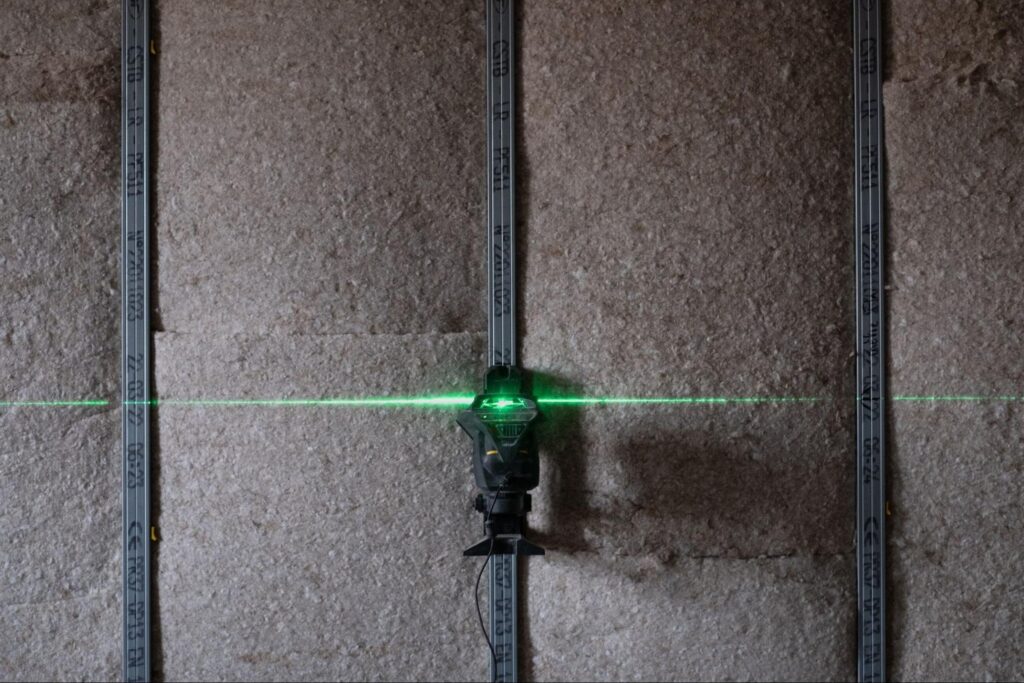
What Are the Disadvantages of Mineral Wool?
While mineral wool (including Rockwool, slag wool, and glass wool) offers many benefits, such as excellent thermal insulation, fire resistance, and soundproofing qualities, it is not without its drawbacks. Understanding the potential disadvantages of mineral wool can help you make an informed decision when selecting insulation materials for your project. Below are some key disadvantages to consider.
1. Health and Safety Concerns
One of the main concerns with mineral wool is its potential impact on health during installation or handling.
- Irritation to Skin and Respiratory System: When disturbed, the tiny fibers of mineral wool can become airborne, causing irritation to the skin, eyes, and respiratory system. This can lead to itching or more serious respiratory issues if inhaled over long periods.
- Precautionary Measures: Proper protective equipment, such as gloves, long sleeves, safety goggles, and a face mask, should be worn when installing mineral wool to avoid direct contact with the fibers and to minimize inhalation risks.
2. Moisture Absorption
While mineral wool is resistant to water, it can still absorb moisture to some extent, especially if exposed to prolonged humidity or wet conditions.
- Reduction in Effectiveness: When mineral wool becomes saturated with water, its thermal insulating properties may decrease significantly. The material can lose its ability to prevent heat transfer, making it less effective at insulation.
- Mold and Mildew Risk: If moisture is trapped within the insulation, it can create a conducive environment for mold or mildew growth, especially in poorly ventilated areas. This can lead to potential health issues and structural damage.
3. Cost
Although mineral wool offers great performance in insulation, it can be more expensive compared to other insulation materials, such as fiberglass or cellulose.
- Higher Upfront Costs: While mineral wool can save energy costs over time due to its superior insulation properties, its initial installation price can be a disadvantage, particularly for budget-conscious projects.
- Comparatively Higher Installation Costs: The handling and installation of mineral wool require more care and precaution due to its potential irritants, which can result in higher labor costs, especially for larger projects.
4. Weight and Handling
Mineral wool, particularly Rockwool, can be relatively heavy compared to other insulation materials, such as fiberglass or foam board insulation.
- Installation Difficulty: Due to its higher density and weight, handling mineral wool during installation can be more challenging. This might require additional manpower or tools to transport and install the material, especially in larger-scale projects or harder-to-reach areas.
- Structural Load Considerations: For certain types of construction, the weight of mineral wool might require additional support structures, which could increase both material and labor costs.
5. Environmental Impact of Production
While mineral wool is made from natural or recycled materials, the manufacturing process of producing mineral wool, especially Rockwool, can have a significant environmental impact.
- Energy-Intensive Production: The process of melting natural stones or slag and turning them into fibers requires extremely high temperatures, making the production of mineral wool energy-intensive and contributing to its carbon footprint.
- Limited Recycling Options: While mineral wool can be recycled to some extent, it is not as widely recycled as other materials, such as glass wool. This means that at the end of its lifespan, mineral wool may contribute to landfill waste.
6. Not Suitable for All Applications
While mineral wool is a highly effective insulation material, it may not be the best choice for every situation.
- Limited Flexibility: Unlike fiberglass insulation, which is more flexible and easy to cut and shape, mineral wool can be more rigid and difficult to work with in tight or irregular spaces.
- Specialized Use: For areas requiring high insulation values with minimal thickness, such as in space-constrained projects, mineral wool may not always be the best option compared to other more compact materials like spray foam.
7. Potential for Dust and Airborne Particles
When handling mineral wool, especially during installation or cutting, there is the risk of generating dust and airborne particles.
- Air Quality: These particles, if inhaled, can irritate the lungs and respiratory system. For this reason, proper dust control and ventilation are essential when installing or cutting mineral wool in enclosed spaces.
8. Odor Concerns
In some cases, particularly in the first few days after installation, mineral wool may emit an odor. This smell can be caused by the binding agents or other chemicals used in the manufacturing process. While the odor typically fades over time, it may be unpleasant for some users during the initial installation phase.
Conclusion: Weighing the Disadvantages of Mineral Wool
While mineral wool is an excellent insulation material with a range of benefits, such as thermal performance, soundproofing, and fire resistance, it is important to consider its drawbacks. These include potential health risks during installation, moisture absorption, higher costs, environmental impacts, and handling difficulties.
If you are planning a project that involves mineral wool, it’s essential to take the necessary precautions, such as using protective gear during installation, ensuring the material stays dry, and weighing the cost against the long-term benefits.
Looking for insulation materials that meet your project’s needs? Contact us today to explore your options and find the right solution for your budget and performance requirements.